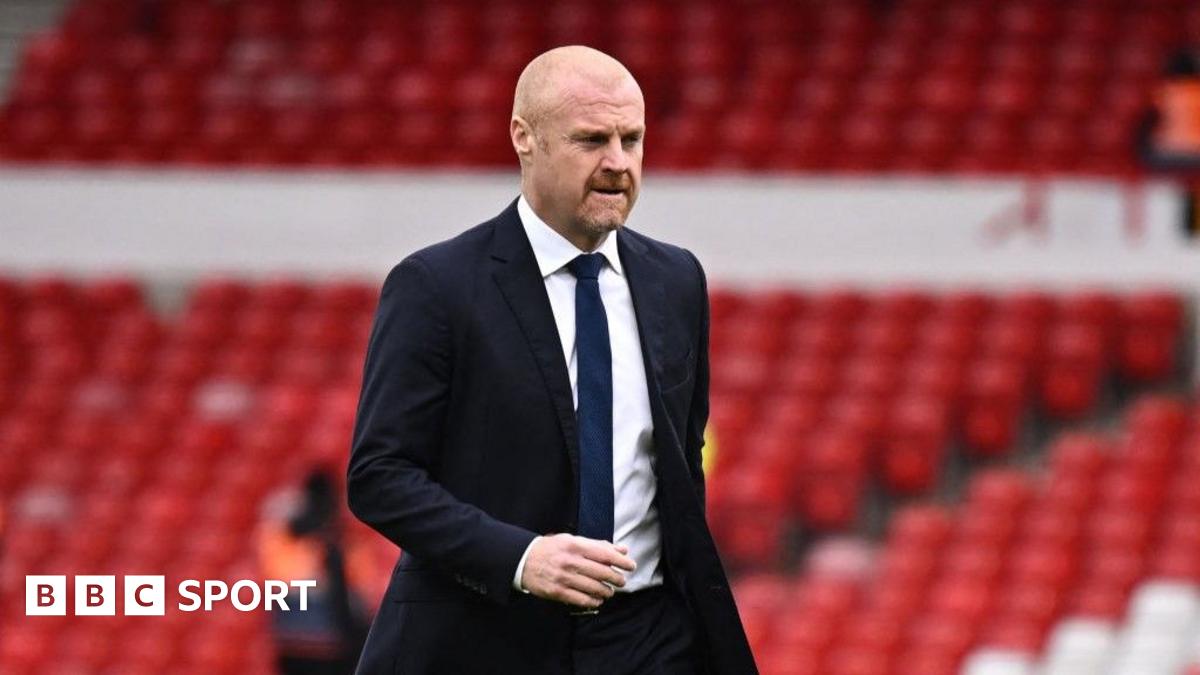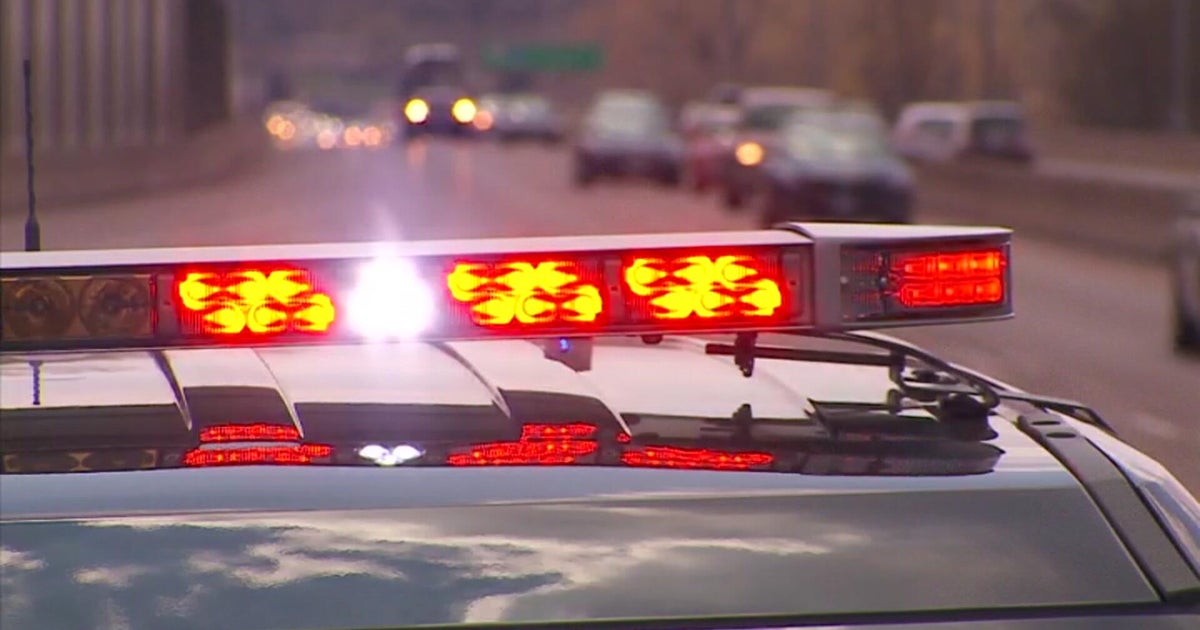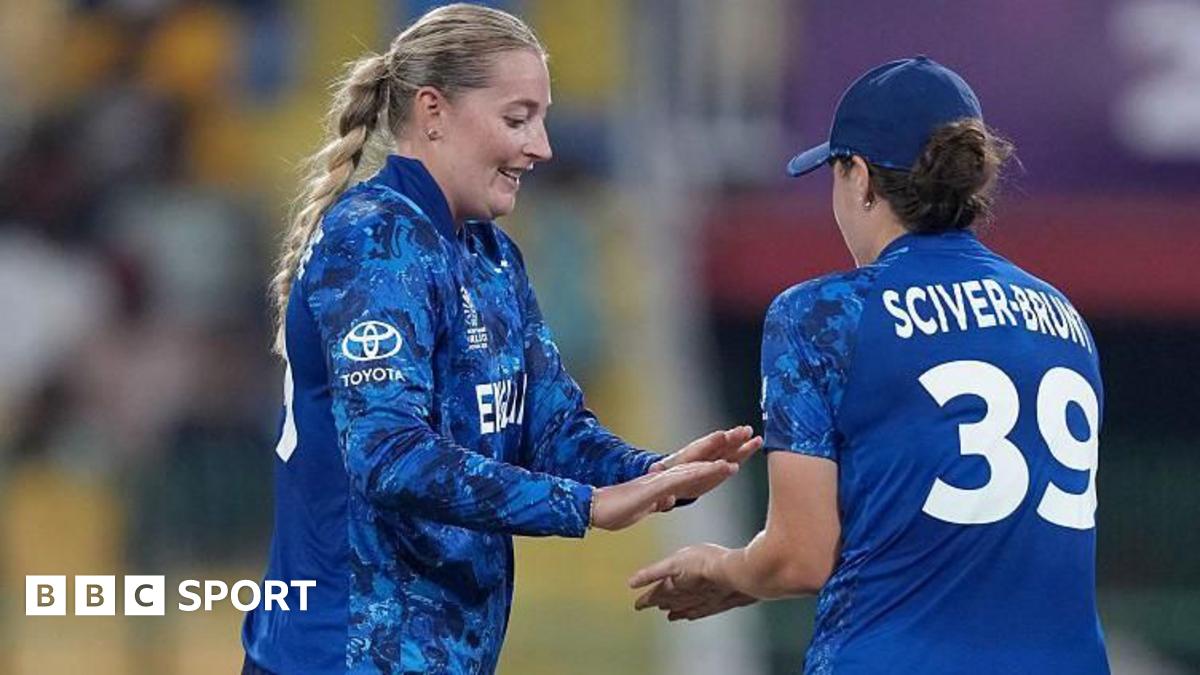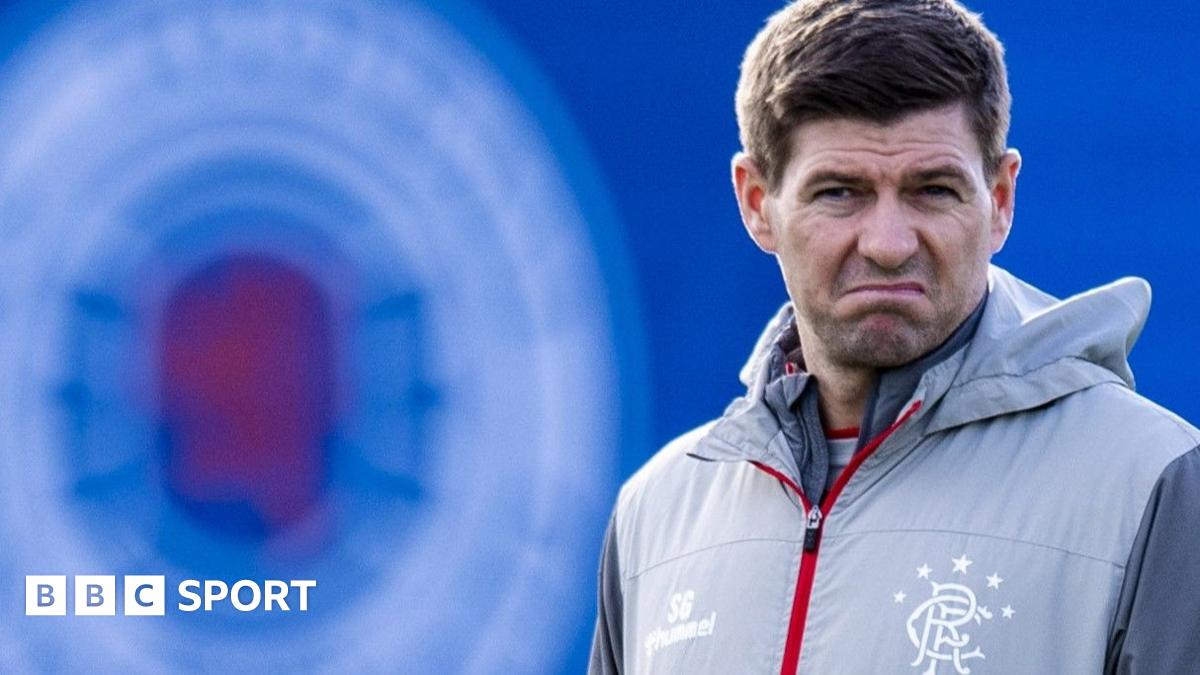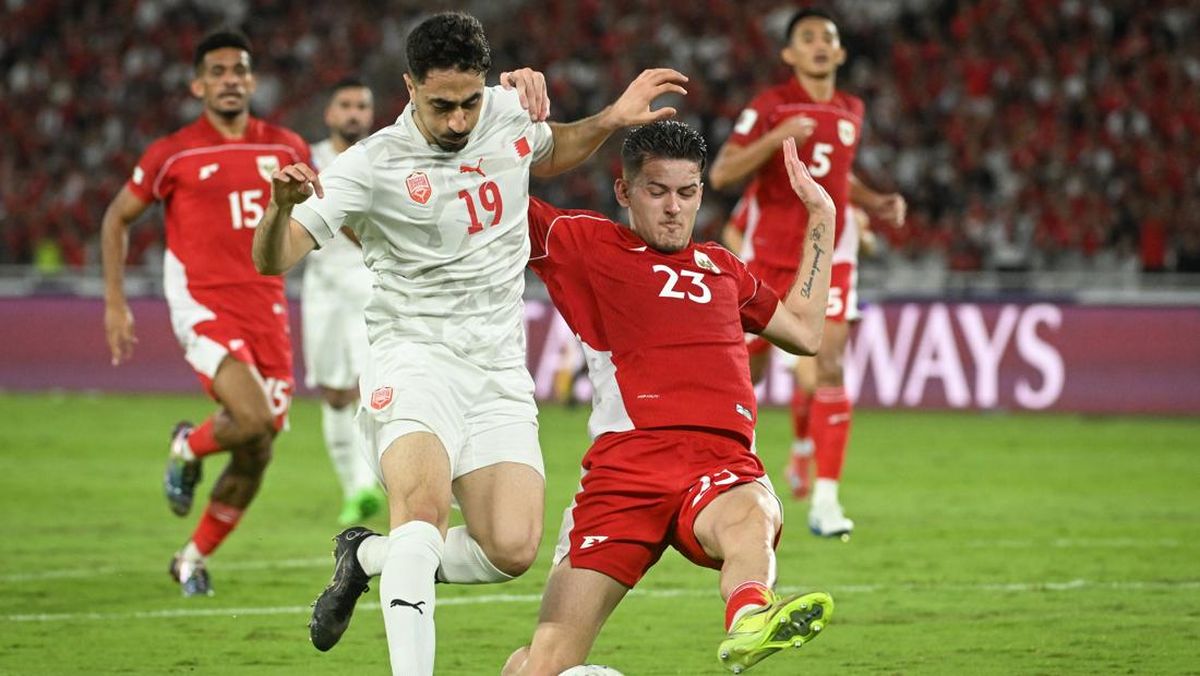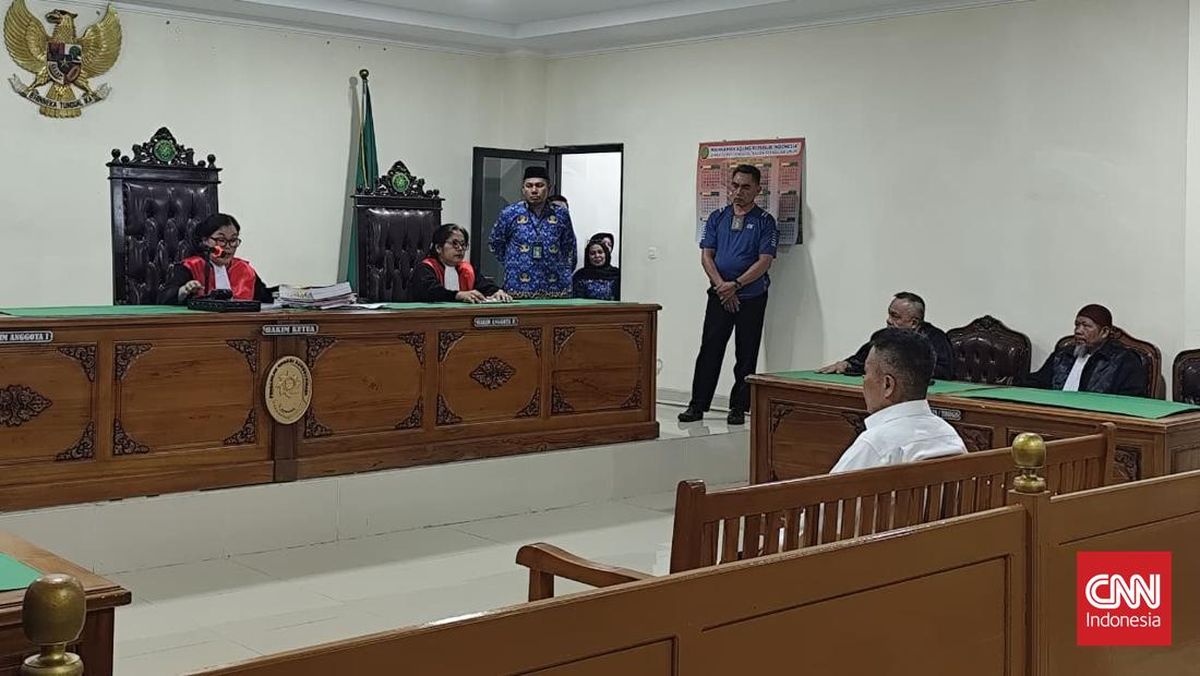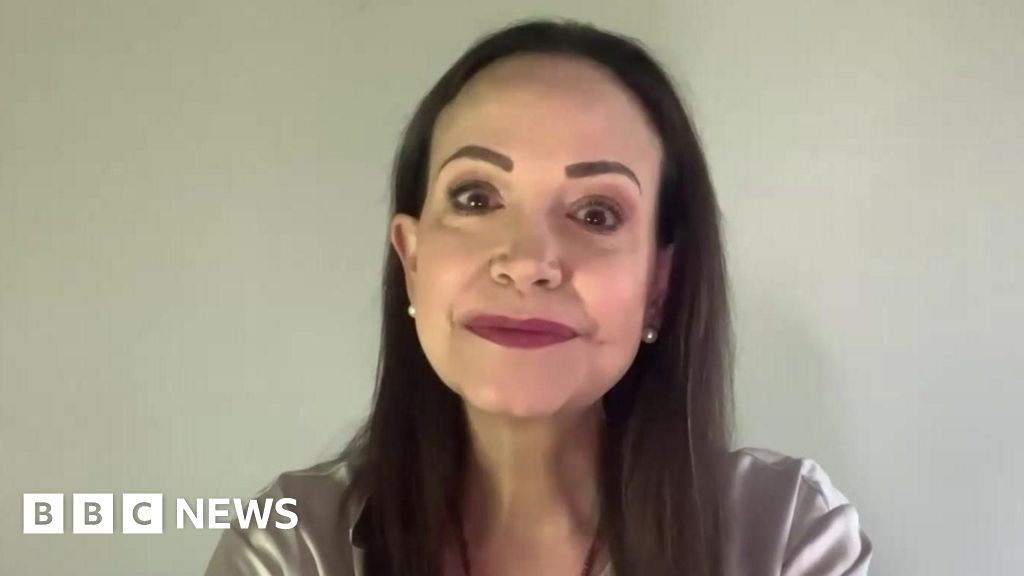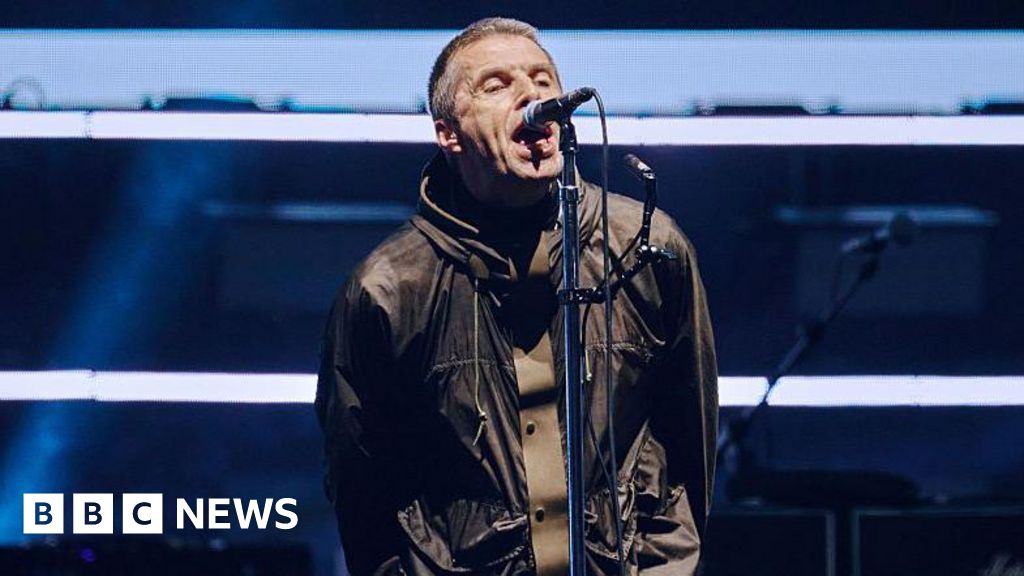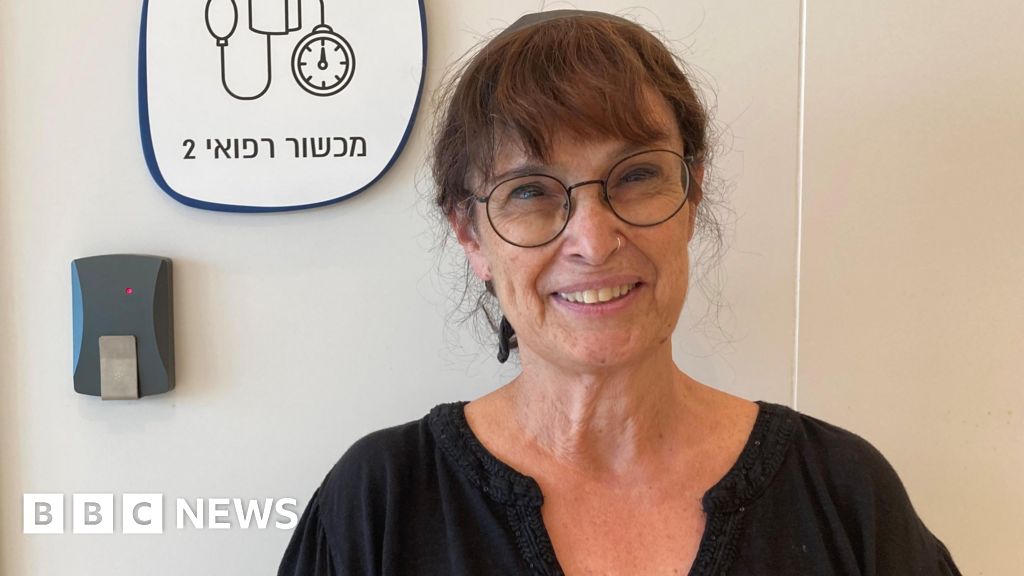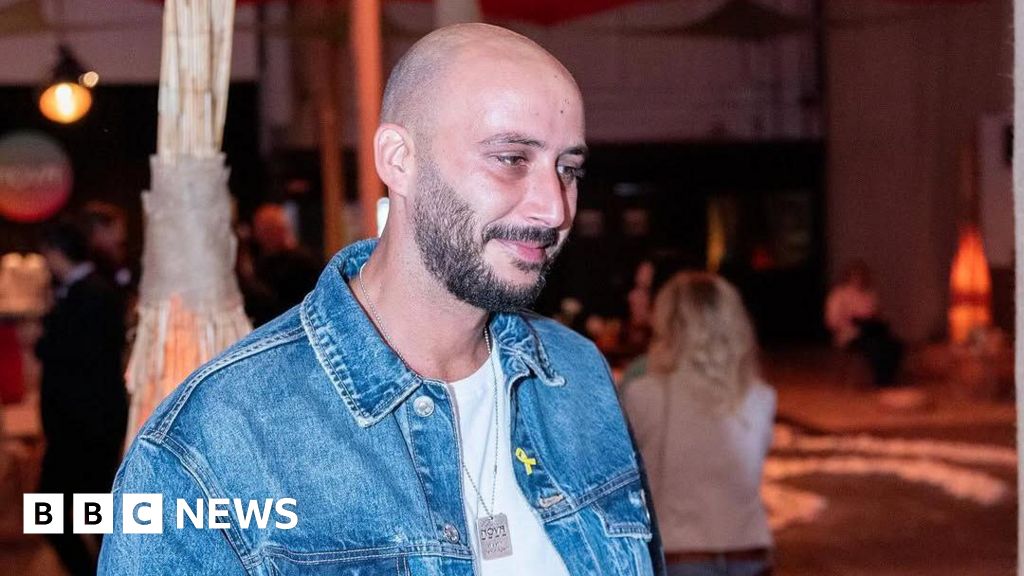A Texas man has had his execution halted after an appeal court ruled that the evidence for shaken baby syndrome, which was used to convict him, was in serious dispute.
The reprieve for Robert Roberson came just days before he was to become the first person in the United States to be executed over the syndrome, and reflects a raging global debate about a medical theory that has also led to the prosecution and imprisonment of hundreds of Australians.

Robert Roberson before his scheduled execution in 2024. His death was postponed until October 2025.Credit: AP
The launch on the weekend of this masthead’s new, four-part investigative podcast, Diagnosing Murder, lays out the human cost in Australia, and examines the controversy through the eyes of scientists, doctors on both sides of the argument, lawyers, and families.
It’s prompted one of Australia’s most respected forensic doctors, the long-time head, now retired, of the Victorian Institute of Forensic Medicine, Professor Stephen Cordner, to break cover and speak publicly for the first time to urge Australia to hold an inquiry into the medical and legal issues involved.
Cordner, who is also a professor at Monash University, says he is concerned that the diagnosis is leading to wrongful convictions.
“If you’re in a position to … prevent future wrongful convictions … that’s why I’m here,” he told Diagnosing Murder.
In Texas, Roberson, who is autistic, was convicted in 2003 of shaking to death his two-year-old daughter, Nikki. His defence says Nikki had a high fever when Roberson took her to hospital and she probably died of undiagnosed pneumonia.
Roberson was convicted of murder, partly due to his apparently emotionless response. Experts later insisted his autism meant he “didn’t appear in the way [police] expected a concerned father to act”. The investigating detective on the case, Brian Wharton, now believes Roberson is innocent.
In a last-minute reprieve on Thursday, the Texas Court of Criminal Appeals directed the lower courts to look again at disputed evidence for shaken baby syndrome, in light of other decisions in Texas courts that the medical understanding had changed. Texas has a “junk science” law that allows for legal challenges to be brought in historical cases when forensic evidence has since been debunked or evolved.
Shaken baby syndrome, which forensic doctors now prefer to call abusive, or inflicted, head trauma, is diagnosed based on a “triad” of injuries: subdural haemorrhage, retinal haemorrhage and brain swelling. These clinical signs are considered by most forensic doctors globally to raise a presumption that a child has been abused.

Professor Stephen Cordner
In Australia, the forensic paediatric community overwhelmingly believes the evidence for the diagnosis is strong and there is no real dispute. Few experts go against the orthodoxy.
But Cordner told Diagnosing Murder in his view the evidence in triad-only prosecutions “does not reach the level required to establish criminal responsibility for a serious assault or homicide”. He said up to 50 medical conditions could cause the symptoms, without abuse, and there was still an enormous amount we do not know about infant and child mortality.
“So maybe we don’t know what’s going on … maybe it’s a mystery,” Cordner said. “No question, child abuse occurs. The real issue is, how well can medicine diagnose it?”
Loading
More than 40 Americans have been exonerated since the 1990s after being convicted of shaking their babies.
A New Jersey appeal court in 2023 upheld the judgment of a lower court that shaken baby syndrome was “junk science”. Judge Greta Gooden Brown wrote on behalf of the three-judge appeal panel: “The very basis of the theory has never been proven.”
There have been hundreds of academic papers since the theory was first posited in 1971, but Brown said the prosecutors in two cases had “not demonstrated general acceptance … of the hypothesis to justify its admission in a criminal trial”.
In another case last month in Illinois, the fifth circuit court appeal judge, Mitchell K. Shick, dismissed the testimony of the key prosecution expert in a case against a father charged with aggravated battery of his son. The expert, forensic paediatrician Sandeep Narang, could not reliably distinguish between an accidental and deliberate cause of injuries, the judge found.
Narang is the lead author on a highly influential “consensus statement” supporting shaken baby theory published by the American Academy of Paediatrics, but the judge ruled: “There is simply no science that supports Dr Narang’s speculative opinion … This opinion is inadmissible under the facts of this case.”

Slides from a controversial presentation conducted by the Victorian Forensic Paediatric Medical Service at the Royal Children’s Hospital.
In Australia, however, shaken baby theory is still widely argued in criminal courts and children’s courts in all states, leading to child removals and criminal convictions. Forensic doctors at our biggest children’s hospitals are at the heart of most prosecution cases.
The Royal Children’s Hospital and its specialist unit known as the Victorian Forensic Paediatric Medical Service were approached for comment but declined to speak about individual cases. In a statement, the hospital said the VFPMS’s work was underpinned by “national and international research, which is constantly reviewed”. The child’s safety, health and wellbeing are always put first, the statement said.
A Melbourne child, whose case is featured in Diagnosing Murder, had two of the three signs of the triad and no other bruises, fractures or marks when shaking was diagnosed at the Royal Children’s Hospital in Melbourne in 2021.
The nine-week old was taken from her parents and lived in foster care for 18 months, while charges of recklessly causing serious injury were laid against her father, whom in the podcast we call “Kabir”.
Cordner gave an expert opinion in the case in which he suggested birth trauma as a natural alternative explanation for the child’s injuries. The prosecution withdrew the criminal case against the father in April.
In the US, the Texas, Illinois and New Jersey rulings do not set national precedents, and in Australia, the most recent serious legal challenge to the theory was in 2021. Then, the Victorian Court of Appeal upheld the diagnosis.
In the United Kingdom, the Crown prosecution service updated its advice the same year, saying it was “rare that a charge of homicide (or attempted murder or assault) could be sustained where the only evidence available is the triad”.
It recommended prosecutors look further abroad – for a previous history of abuse or sibling deaths, a delay in seeking help, inconsistencies, other unexplained injuries, or previous violence or drug convictions.
Cordner told this masthead that Australia should adopt similar guidance.
Start the day with a summary of the day’s most important and interesting stories, analysis and insights. Sign up for our Morning Edition newsletter.
Most Viewed in National
Loading


